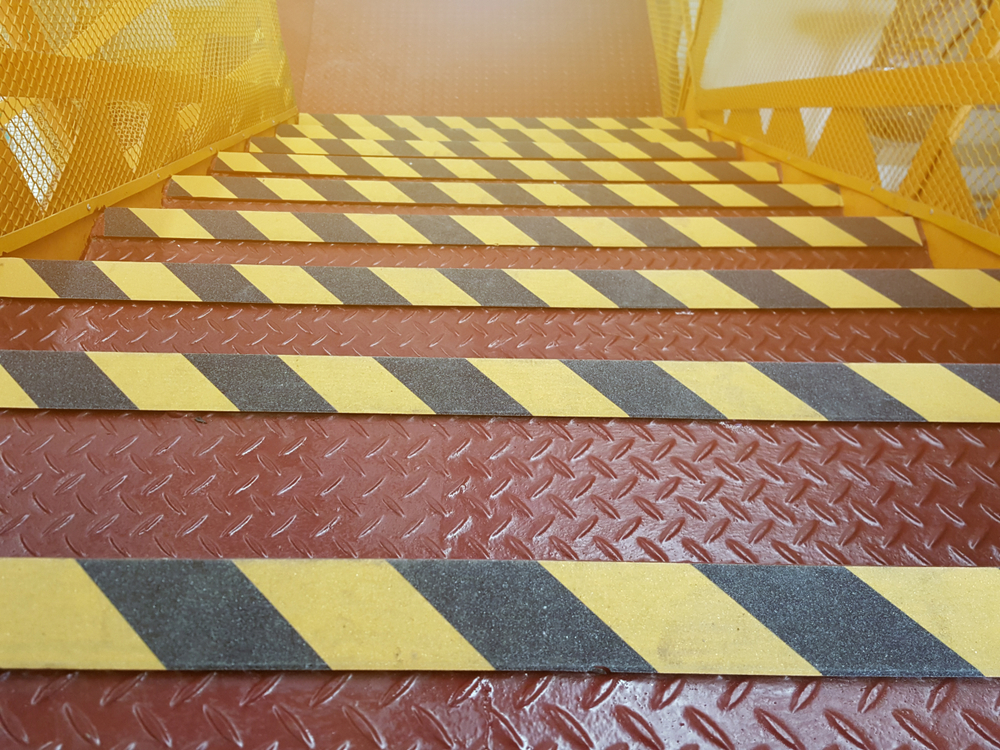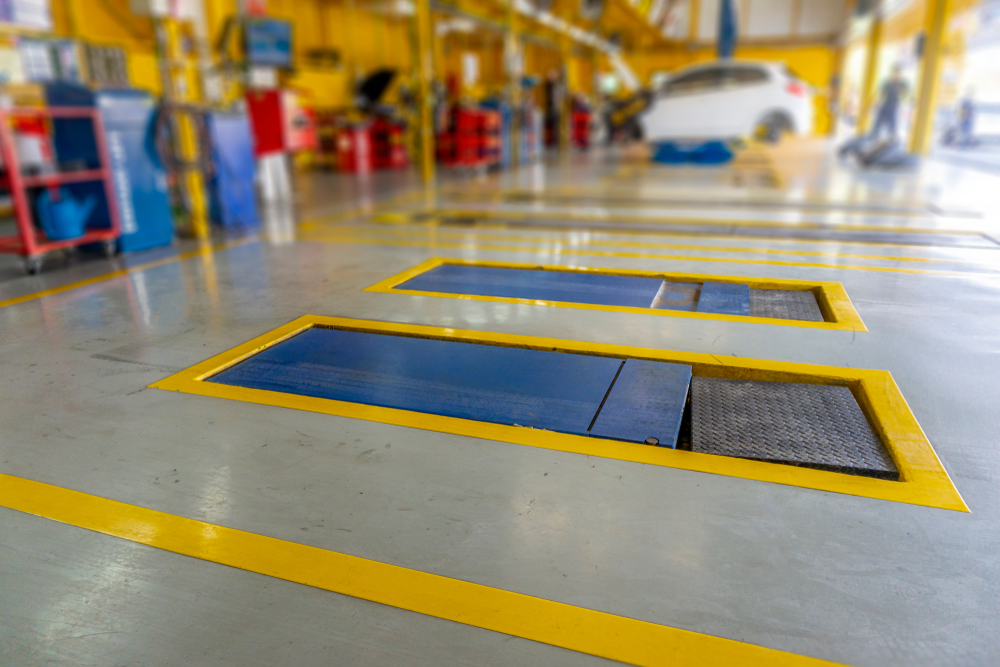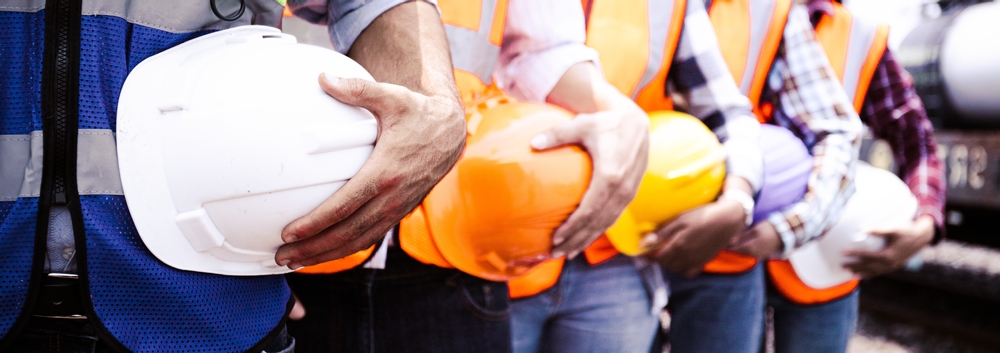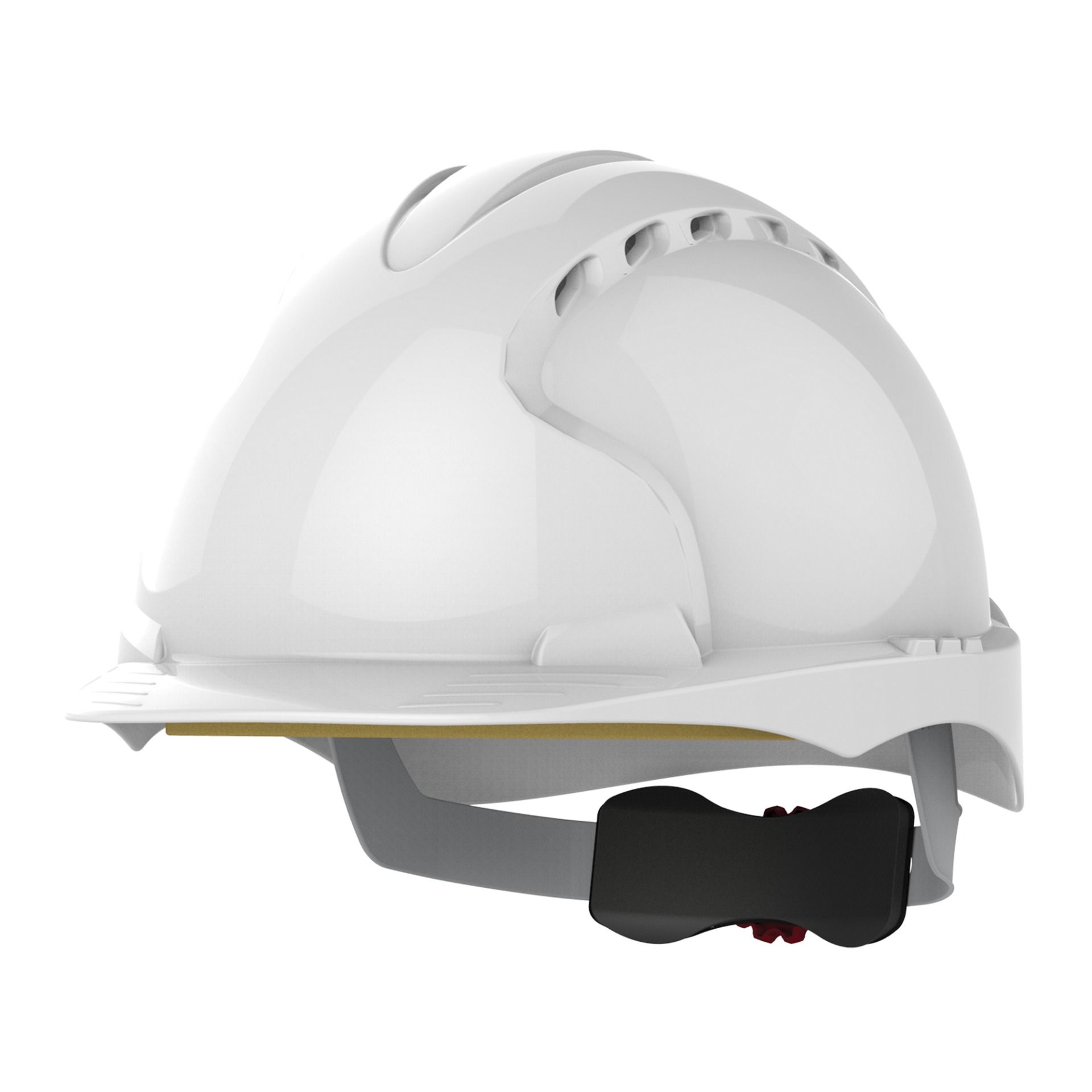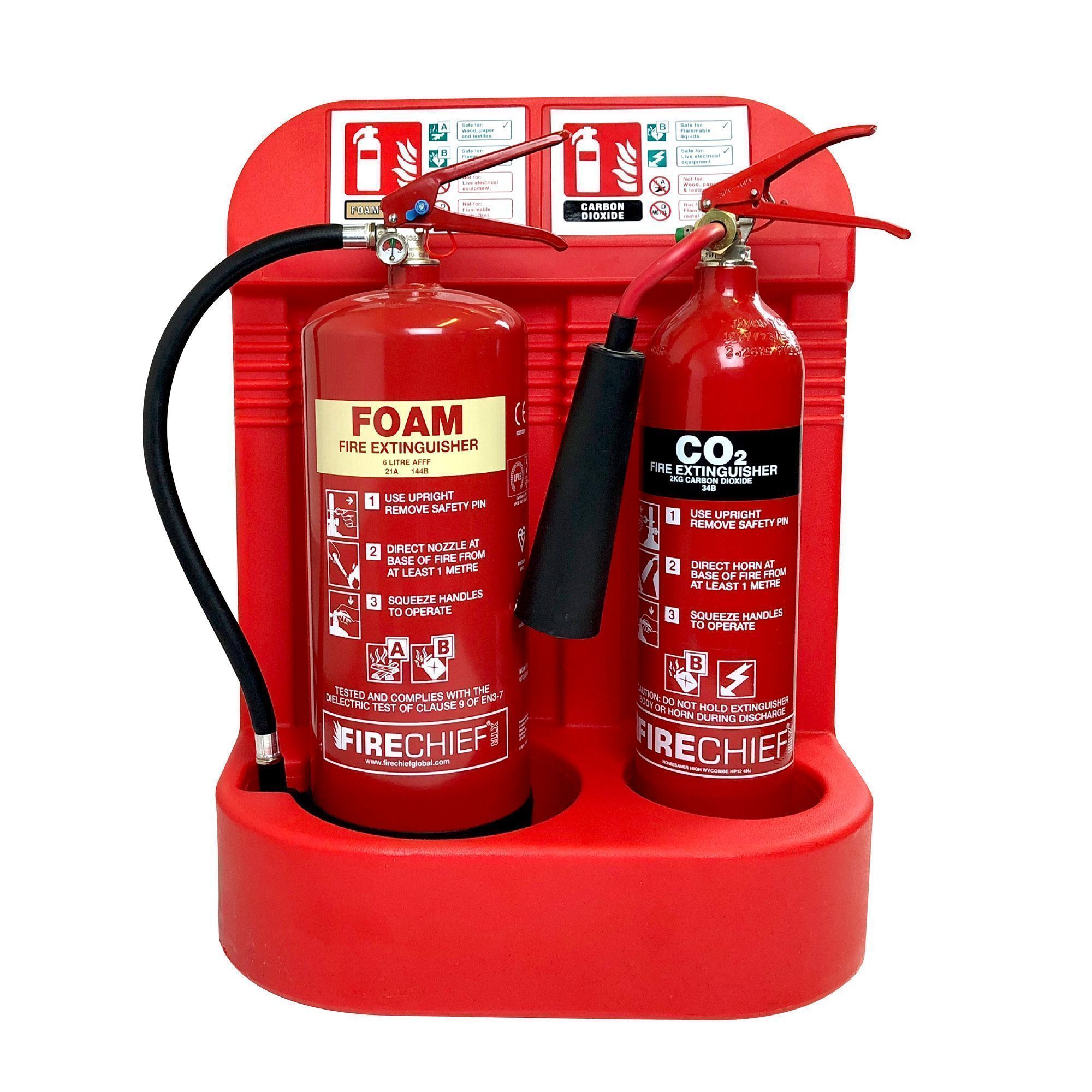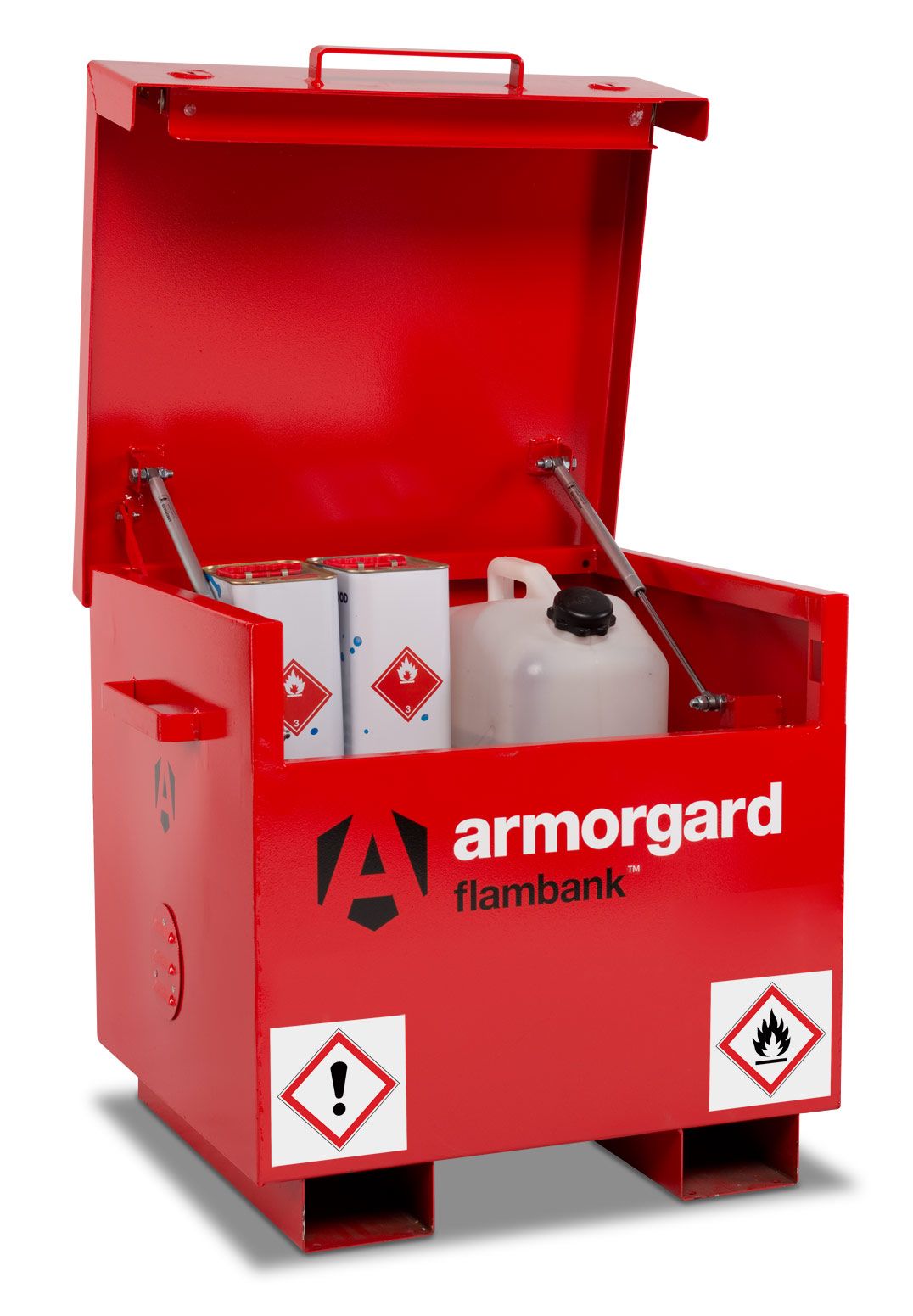Workplace injuries are an avoidable source of stress, disruption, lost revenue and regulatory compliance issues for British businesses, yet they remain a persistent issue for many organisations.
The latest data from the Health and Safety Executive (HSE) and the Labour Force Survey shows that an estimated 555,000 non-fatal injuries were reported by UK workers in 2017-18, of which 135,000 resulted in a period of absence exceeding seven days. Although this figure has fallen significantly in recent years, it is clear that there is still room for improvement.
With 3.9 million working days lost in 2017-18 due to non-fatal workplace injuries, it’s clear that many businesses are experiencing significant losses each year due to safety failings - and it’s also worth noting that many of the most common causes of workplace injuries are also the most avoidable.
With this in mind, it’s worth taking a look at some of the most prevalent causes of injuries in UK workplaces - and then considering some of the simple precautions that can be taken to reduce the number of these incidents to a bare minimum.
Slips, trips and falls
Accounting for 31% of non-fatal workplace accidents in the UK in 2017-18, slips, trips and falls can seem like trivial accidents, but the reality is that they can lead to serious injuries, from broken bones and muscle sprains to cuts, lacerations and head trauma.
A slip or a fall can happen in any circumstance, but in a busy working environment the risk of these incidents is considerably higher. Potential causes include wet or oily surfaces; loose, unstable or slippery flooring; liquid spills; cluttered floors and exposed cables; or wet or icy conditions caused by the weather in outdoor working spaces.
The solution: The vast majority of causes of slips, trips and falls can be tackled with common sense interventions and a focus on better housekeeping and attentive working. Efforts should be made to keep clutter, obstructions or damage to the flooring to a bare minimum, and any instances of walking surfaces becoming wet or dangerous should be reported and attended to as soon as possible.
Additionally, staff should use safety footwear with the appropriate amount of grip whenever necessary, and be encouraged to pay close attention to where they are stepping - especially if they are carrying a large or hazardous load.
Handling, lifting and carrying
Injuries relating to handling, lifting and carrying account for 21% of all non-fatal work injuries in the UK. Although manual handling is a common occurrence in most working environments, certain physical roles - such as construction, agriculture and warehouse work - are likely to involve a higher risk of injuries than others.
Carrying heavy loads poses a number of potential dangers. Dropping a weighty item or falling while holding one can result in severe trauma to the body, as well causing damage to the object itself and the surrounding working environment. Less obvious is the cumulative stress that regular lifting and carrying can create, which leads to musculoskeletal disorders, back pain, repetitive strain injuries and overexertion.
The solution: Ideally, your workplace should be taking steps to reduce the amount of manual handling taking place, finding solutions that utilise automation or lifting equipment wherever possible. In instances where manual handling cannot be avoided, staff should be trained on proper lifting techniques that allow them to reduce the amount of physical stress on the body, such as by bending at the knees instead of at the waist.
Workers who are carrying heavy loads should also be provided with a clear working area free of unnecessary obstructions and hazards, with tasks of this kind coordinated between teams in a way that provides regular breaks.
Being struck by moving objects
HSE data shows that 10% of all non-fatal workplace injuries are caused by being struck by a moving object. This may be the result of loose equipment or other items falling from their storage areas and striking staff who are walking by; it may also be due to a collision with a vehicle used in the workplace, such as a forklift truck or a pallet truck.
Depending on the size, shape and speed of the object in question, the injuries caused by this type of incident can vary from the minor to the very serious, and can pose risks even to workers who are not actually involved in a dangerous task at the time of impact.
The solution: Avoiding this kind of accident means making sure that any items that might be at risk of falling or coming loose are properly secured within adequate storage containers, and that those responsible for inventory are trained on the safest ways to store objects, especially if they are being placed at height.
Meanwhile, workplaces where vehicles are in use should designate clear routes and layouts to segregate pedestrians and vehicle users, with obstructions cleared away and speed limits implemented.
Falls from height
Falls from height account for 8% of all non-fatal injuries to UK workers. They are less common than slips, trips and falls on the ground, but, for obvious reasons, they can end up being a lot more dangerous.
Workers in sectors such as construction, agriculture, forestry and maintenance often need to work on scaffolds or up ladders, and a fall from this kind of height can put them at real risk of a broken bone or a serious back injury, as well as posing risks to those working below them.
The solution: Fall arrest equipment and safety harnesses can help to eliminate many of the risks associated with working at height, but they are not usable in every scenario, meaning other precautions need to be taken. High walkways and scaffolds need to be kept clear, well-guarded and well-maintained, with special care taken to ensure they are not slippery, even in wet or icy conditions.
Additionally, staff should be drilled on the dos and don’ts of working at height, which means encouraging them to work with supervision and to avoid overreaching or overloading themselves. It’s also worth reminding them to avoid doing any task at height that could be accomplished just as effectively from the ground.
Contact with moving machinery
Exposure to moving machinery accounts for 4% of non-fatal workplace injuries in the UK, but the accidents that industrial machinery can cause are often extremely serious, meaning every precaution needs to be taken to prevent them.
Machines with components designed for cutting, shearing or crushing clearly pose a major risk, but you should also be wary of any mechanical system with exposed power transmission apparatus, including pulleys, cranks, gears and pistons. The injuries these machines can cause are often life-changing, and any organisation will want to avoid them at all costs.
The solution: Before asking any worker to operate a piece of machinery, you should make every effort to safeguard any component that could be likely to cause injury. Once this has been done, staff need to be thoroughly trained on every aspect of the machine’s use, from safe activation and deactivation procedures through to the type of safety clothing that may be needed, such as safety gloves or eye protection.
Managers should lead by example when it comes to accident prevention of this or any other kind. By demonstrating a constant dedication to following safety procedures, they can instill a culture where these precautions are taken seriously as an essential protective measure, rather than a cumbersome bureaucratic requirement.
For more insights into workplace health and safety, check in regularly with the SafetyBuyer blog. Alternatively, you can check out the main SafetyBuyer site to browse a wide range of products, including safety signs, first aid kits and floor safety products.
If you have any questions, don’t hesitate to get in touch with us on 0800 043 0161.
 Over 12,000
Over 12,000  Simple no quibble
Simple no quibble  Prompt dispatch &
Prompt dispatch &  UK Mainland Delivery
UK Mainland Delivery 
